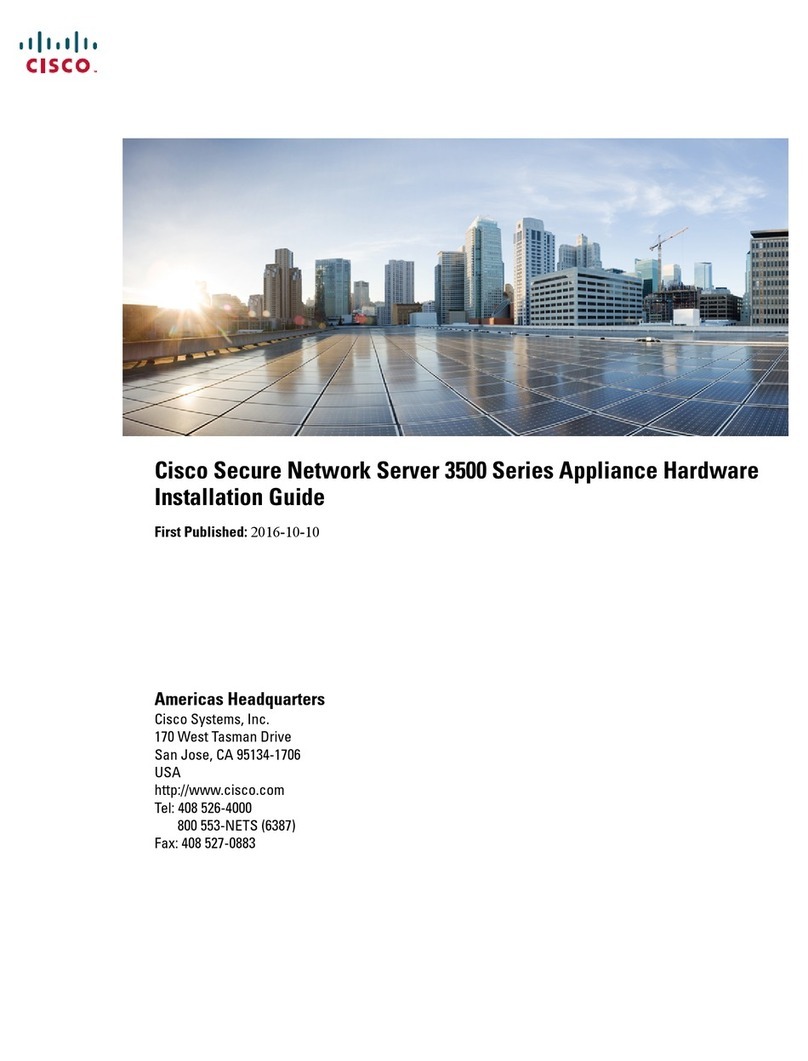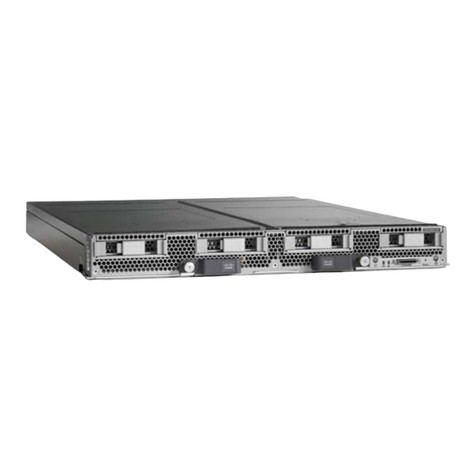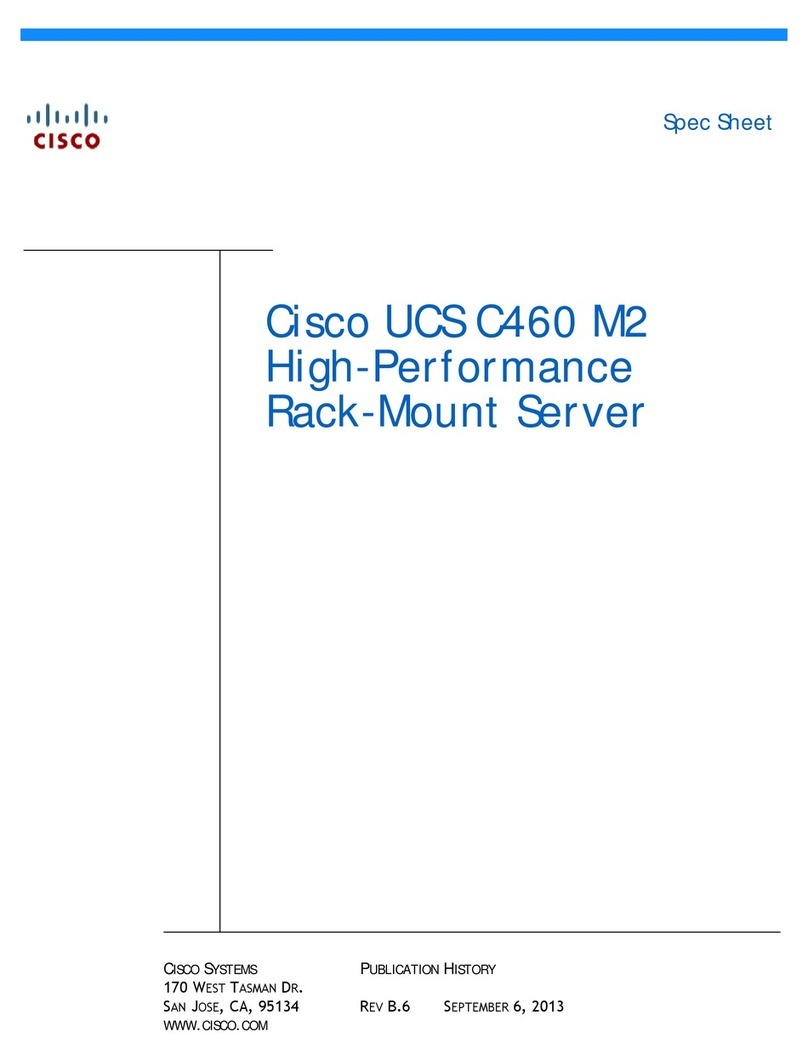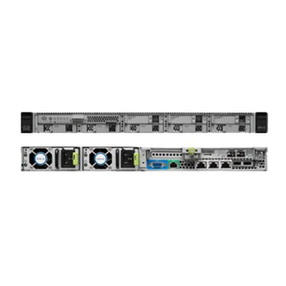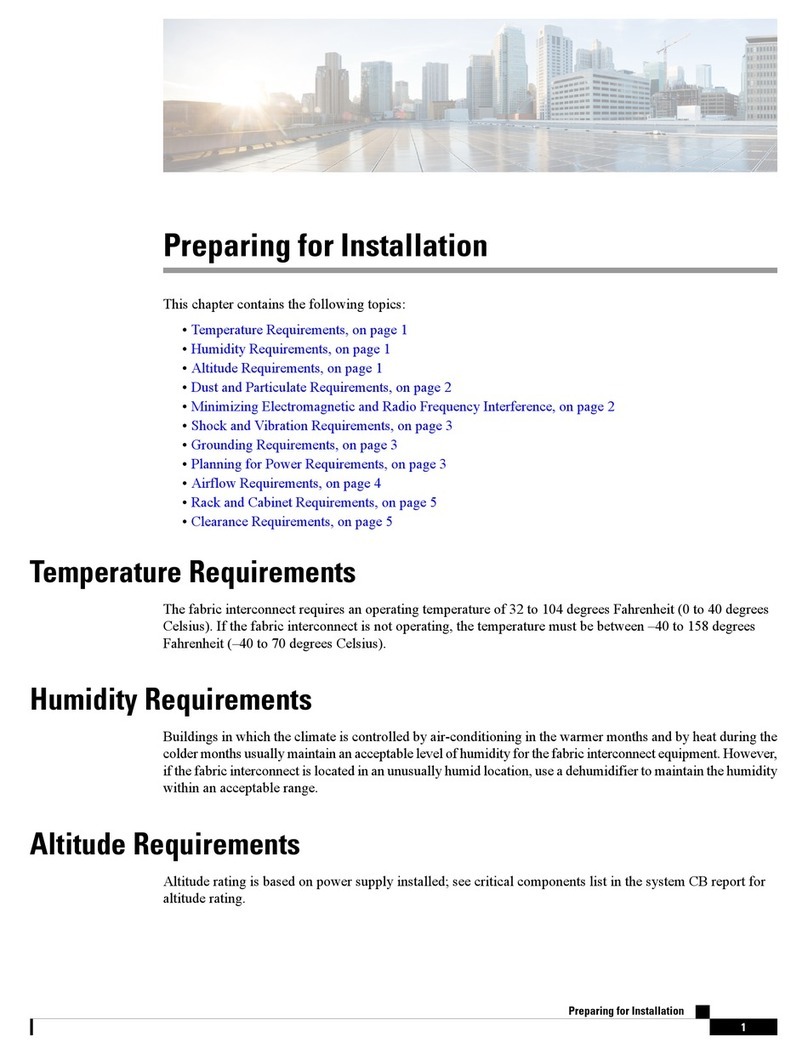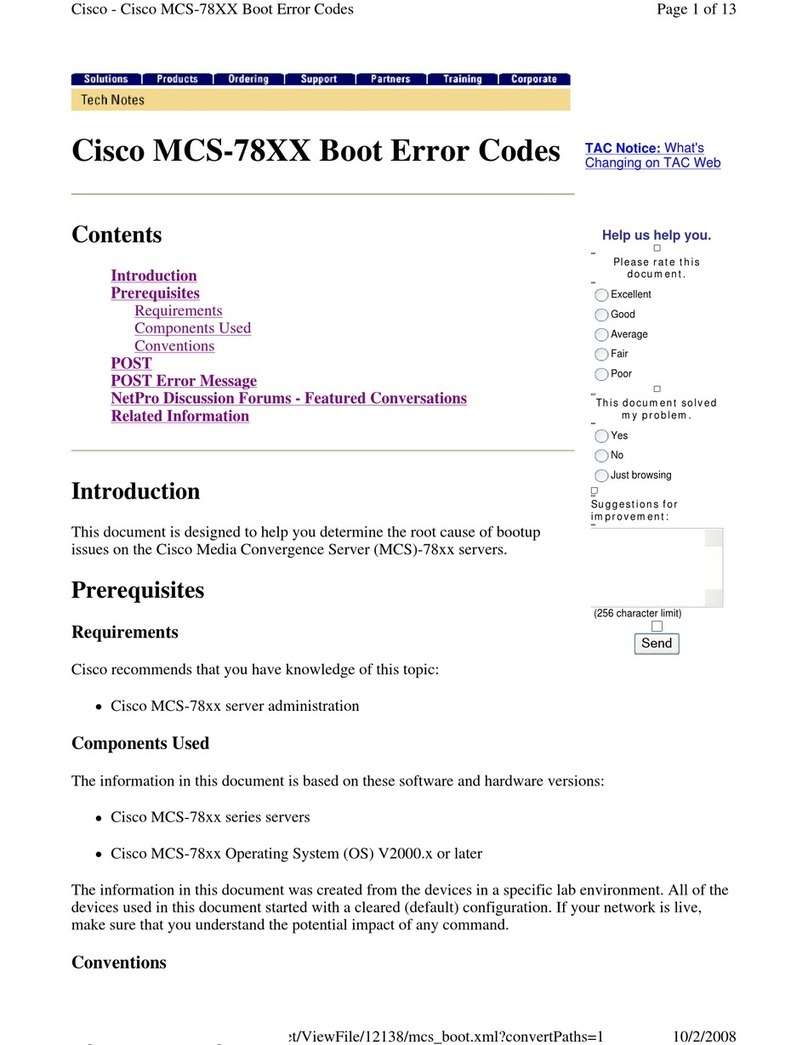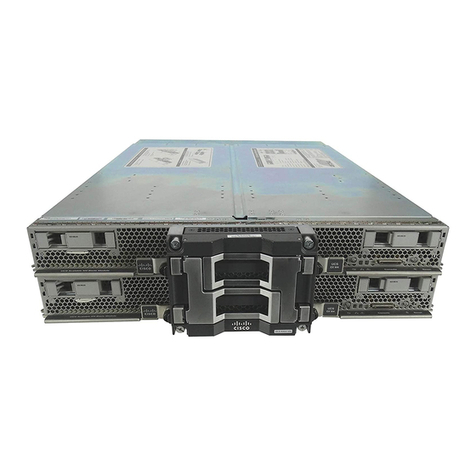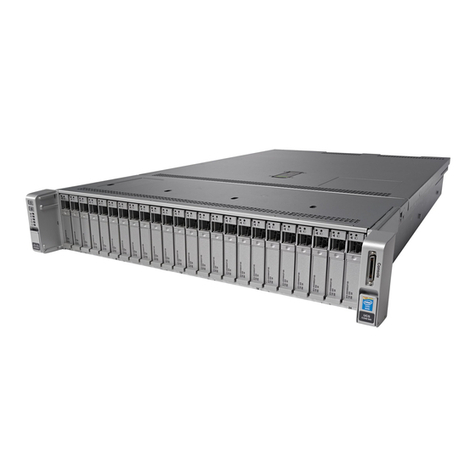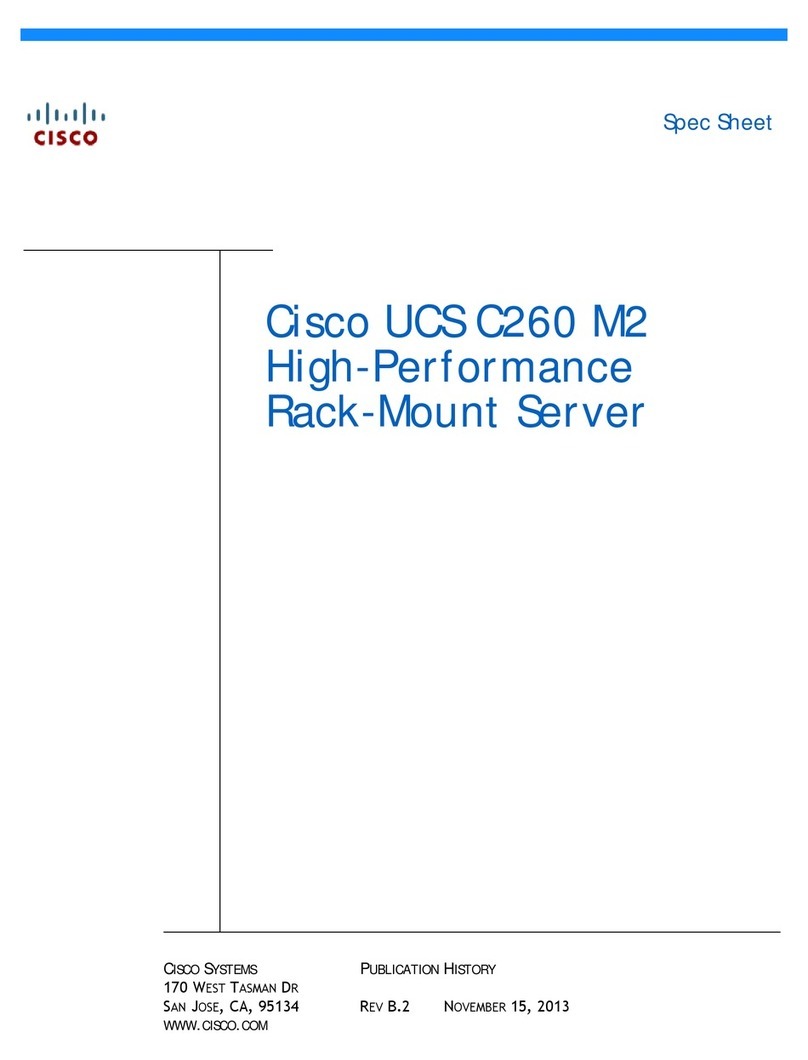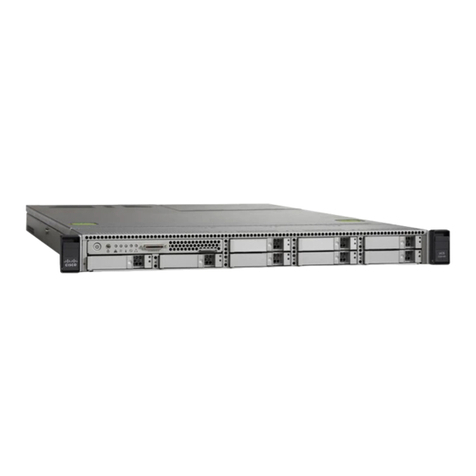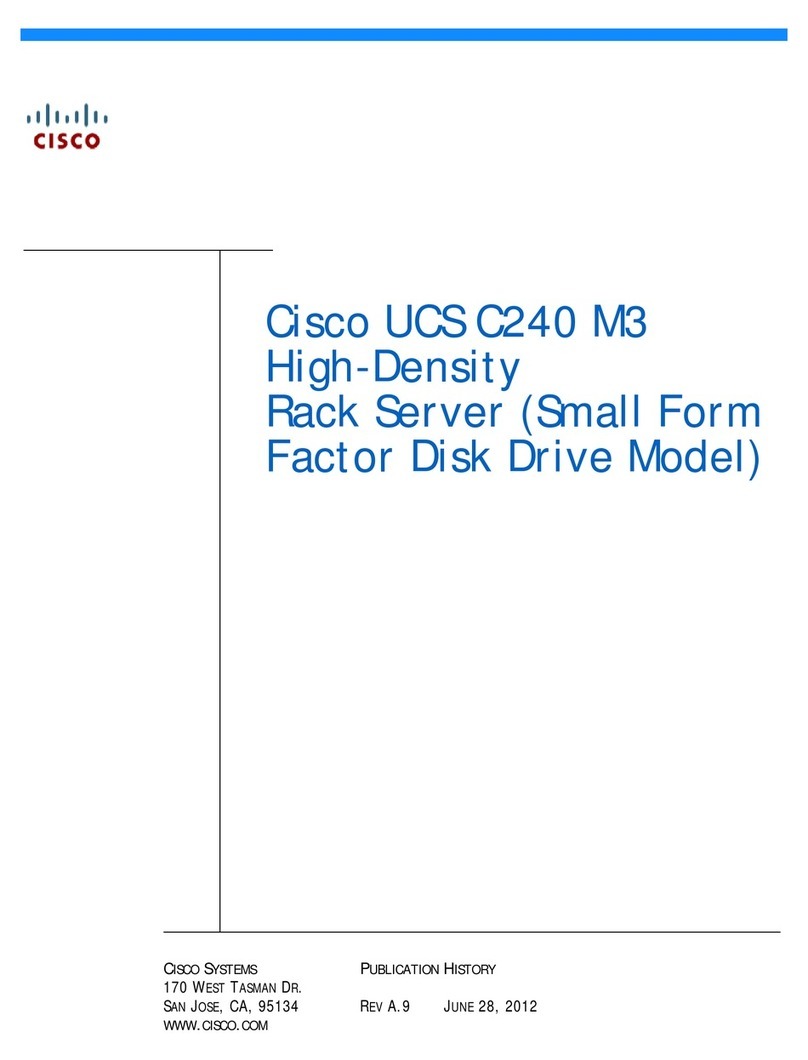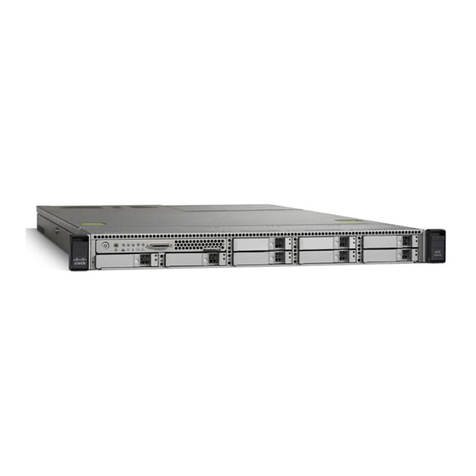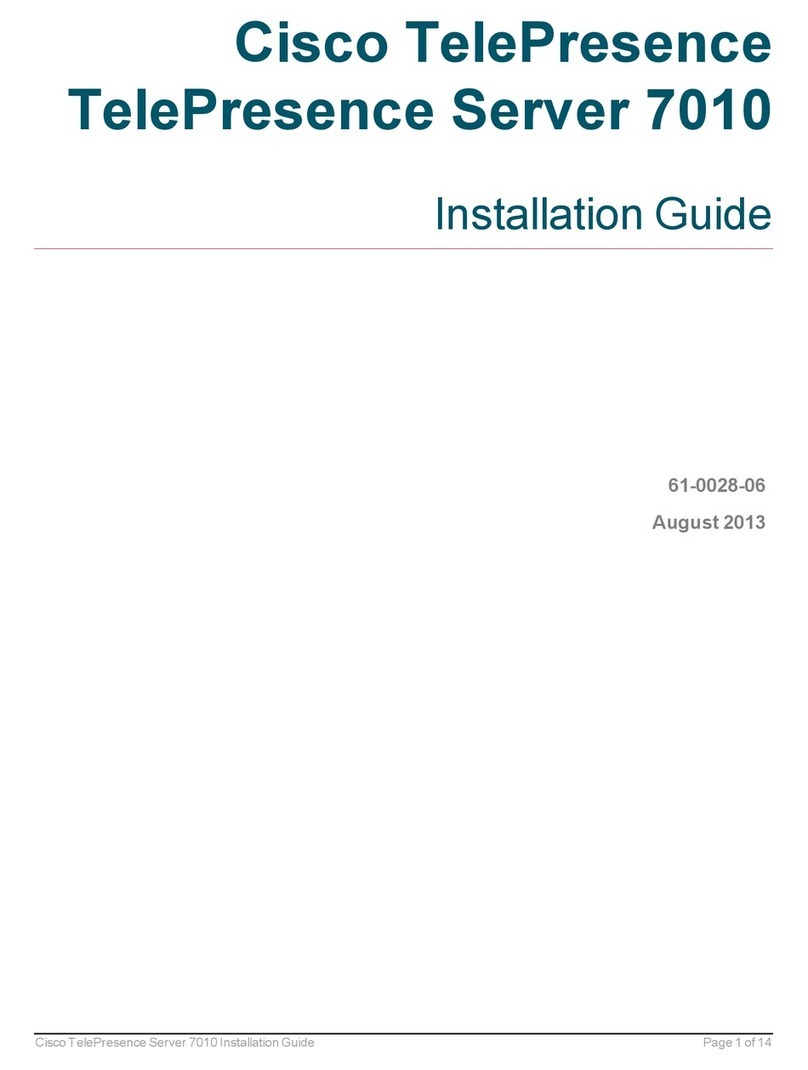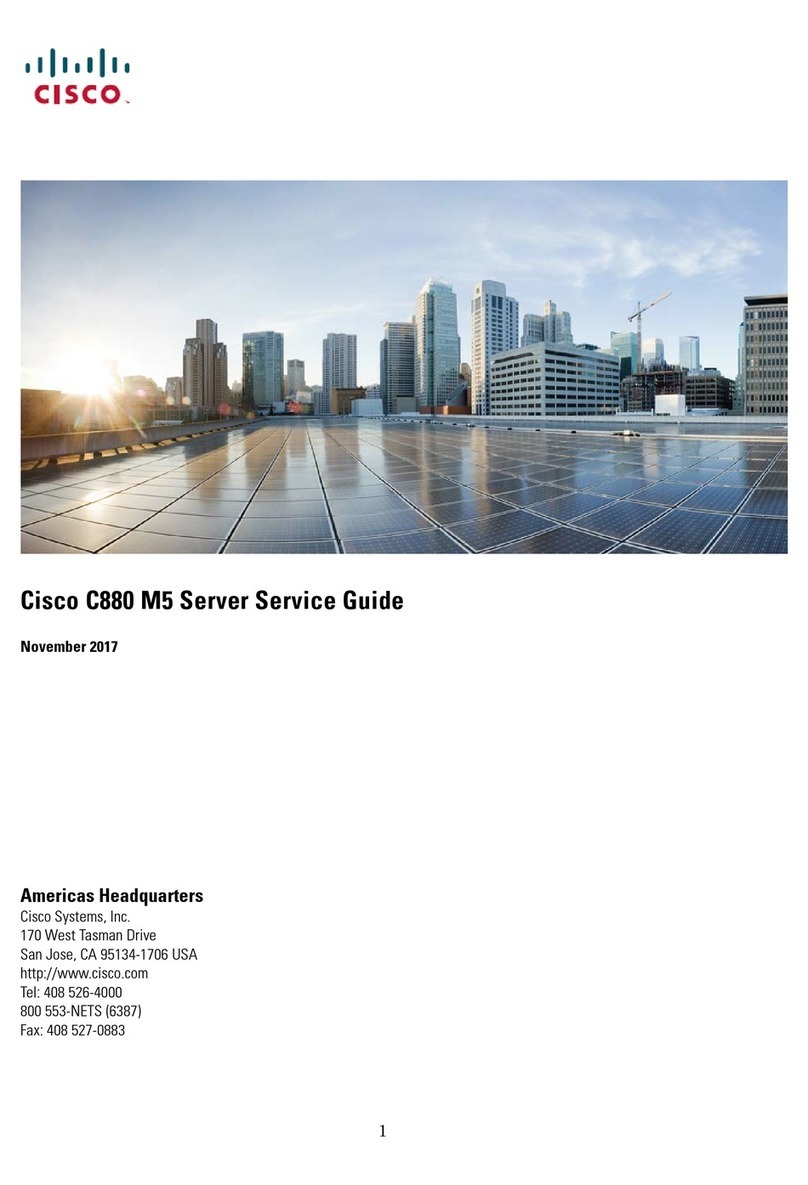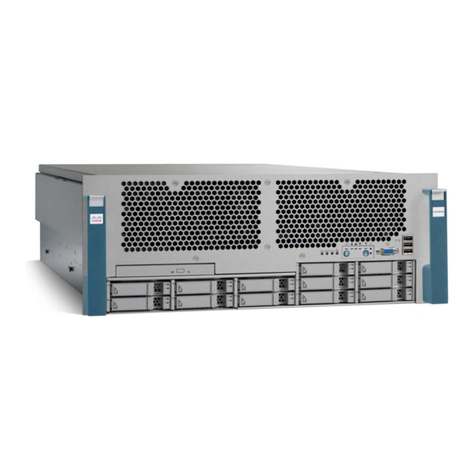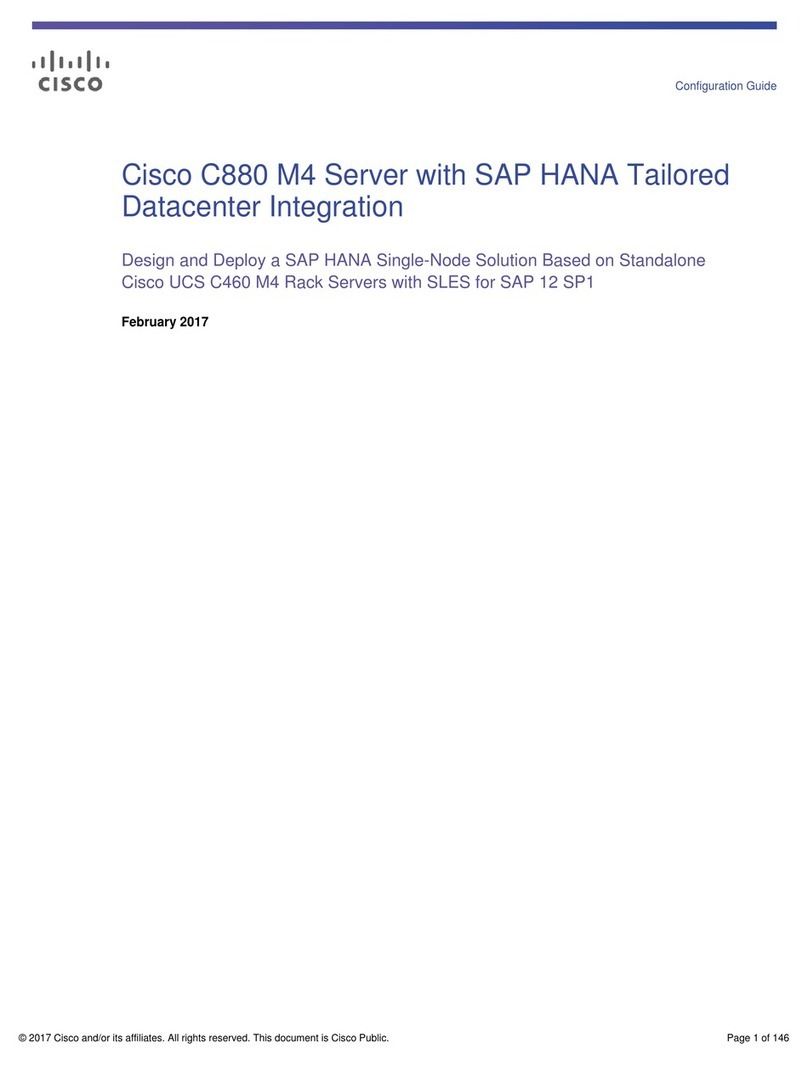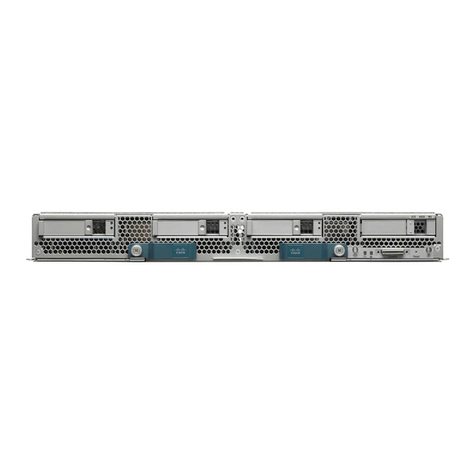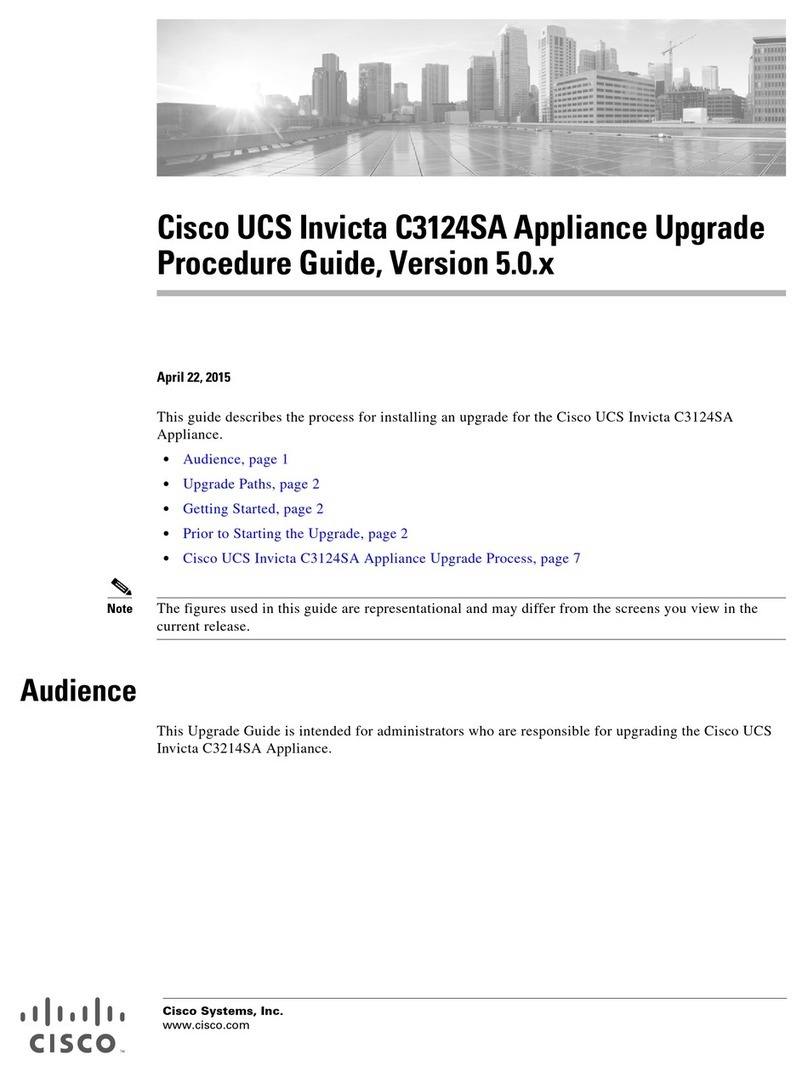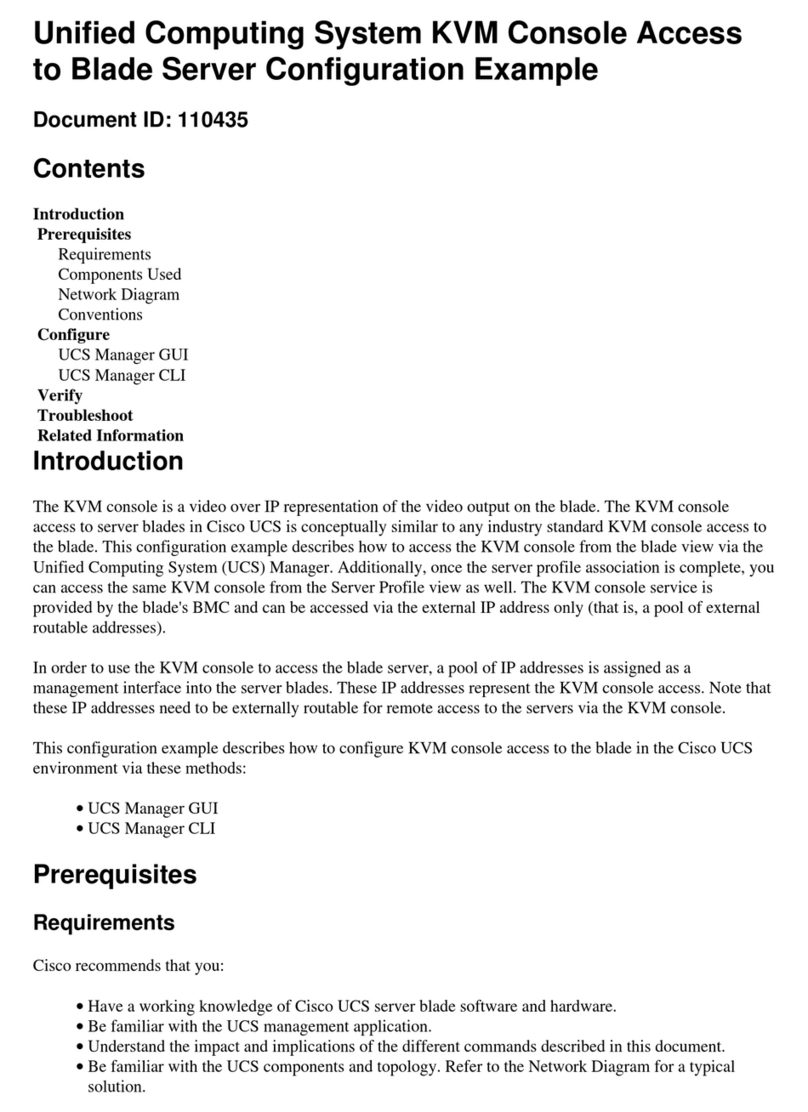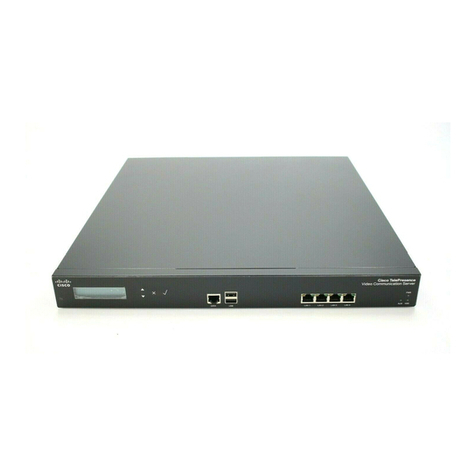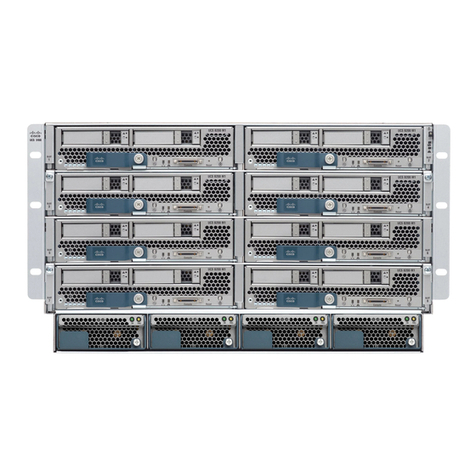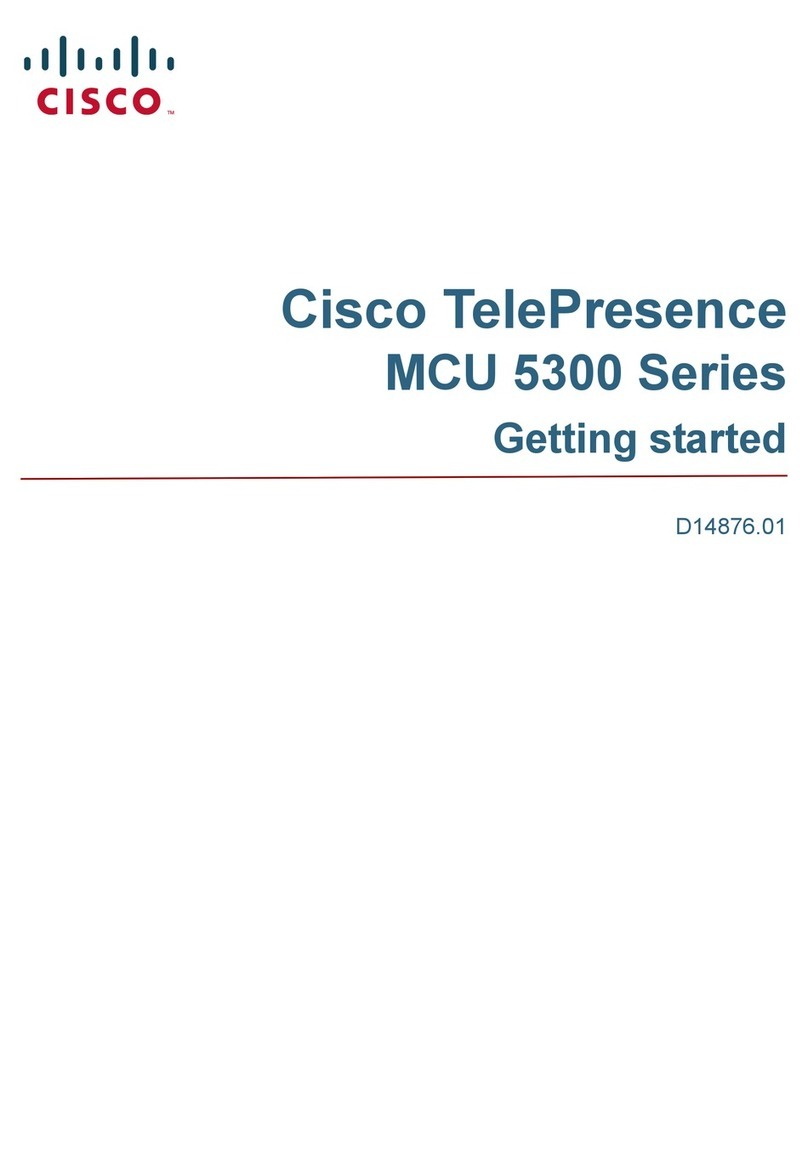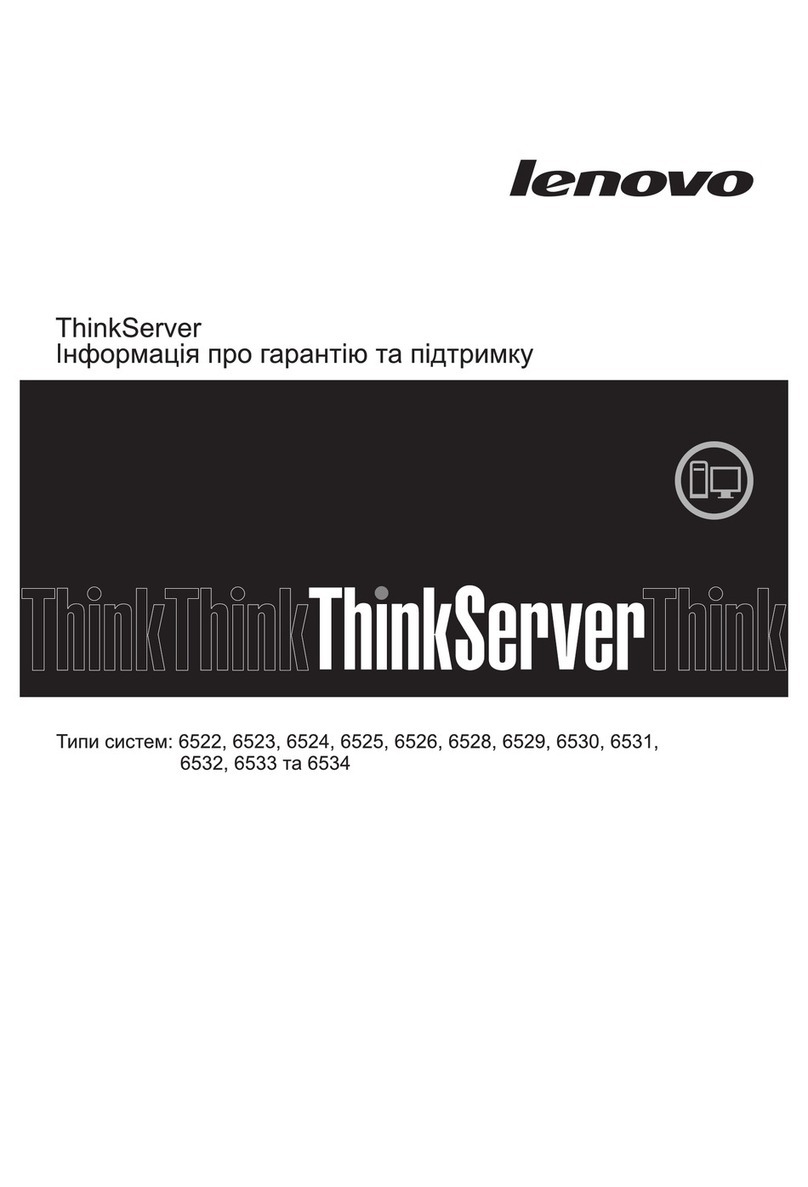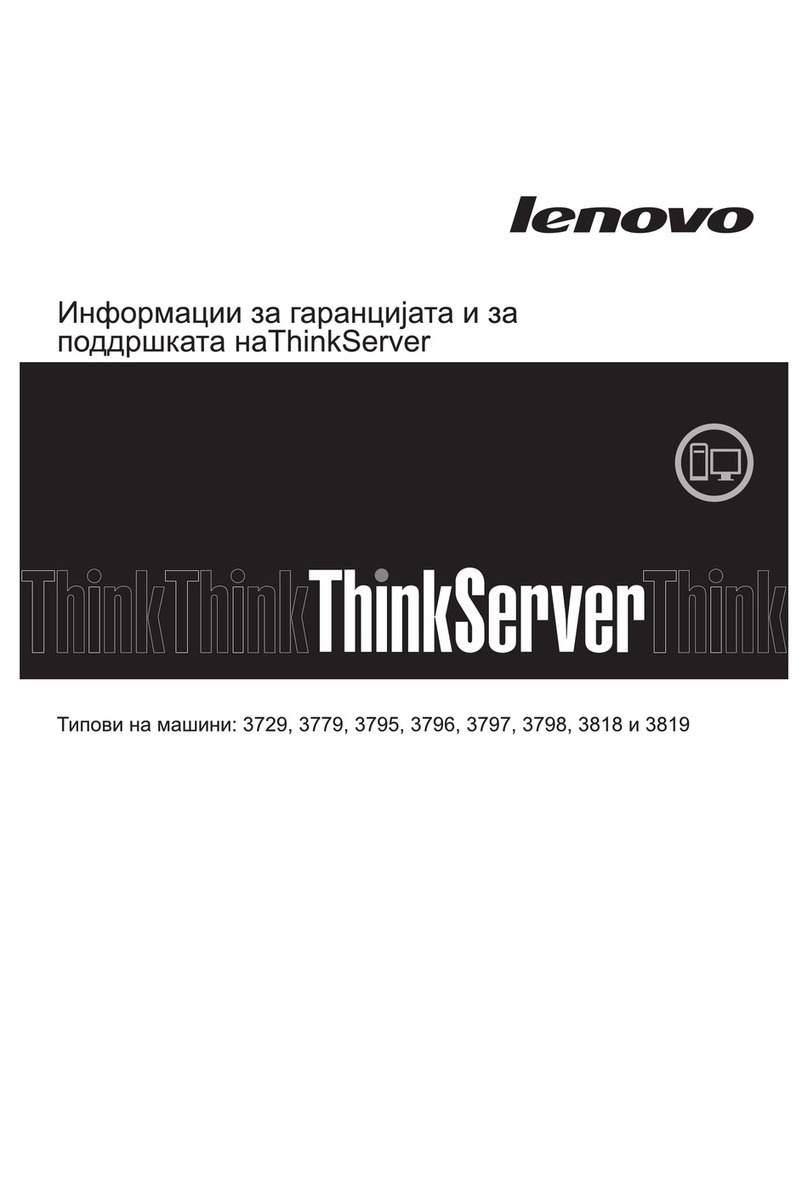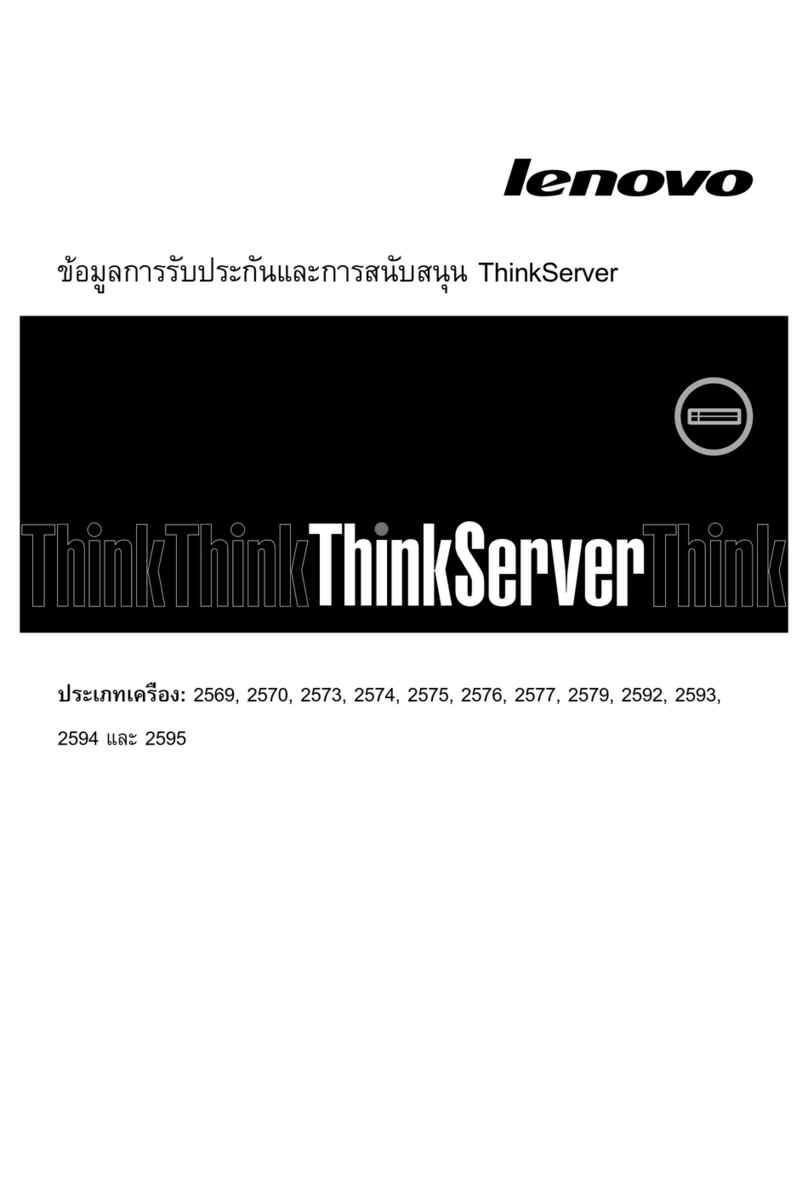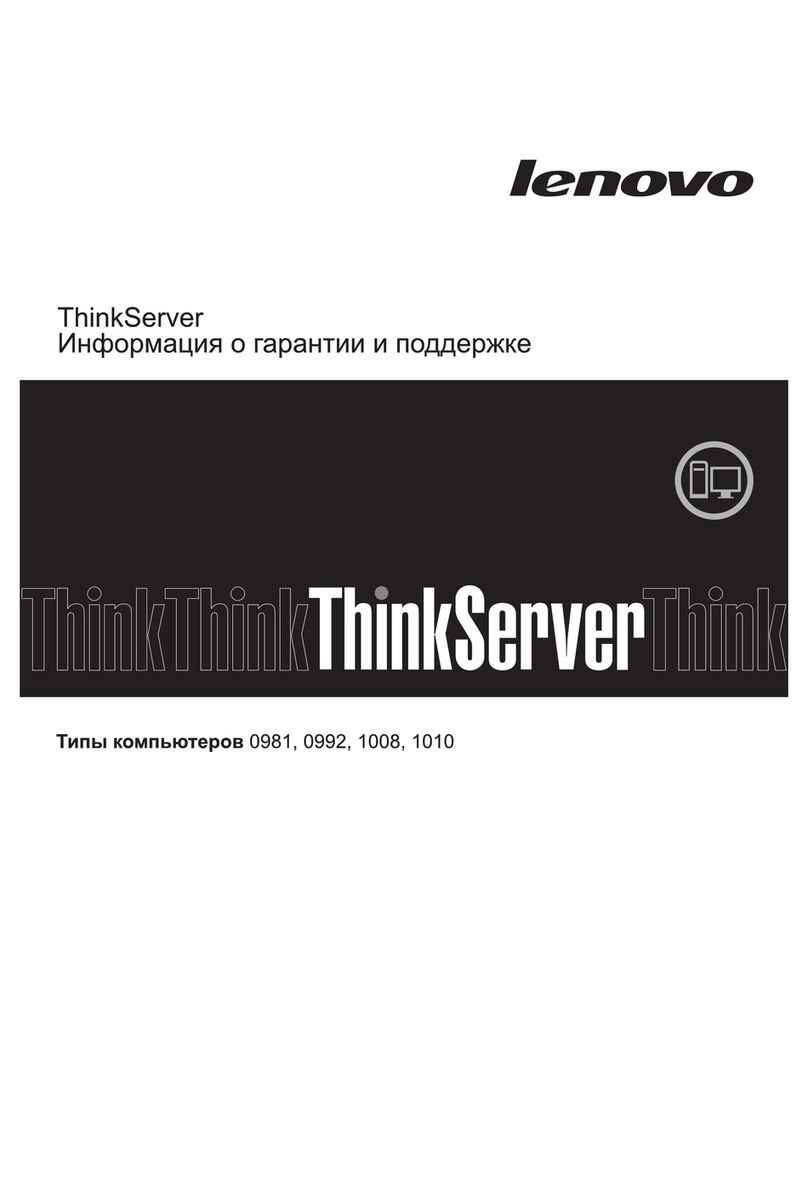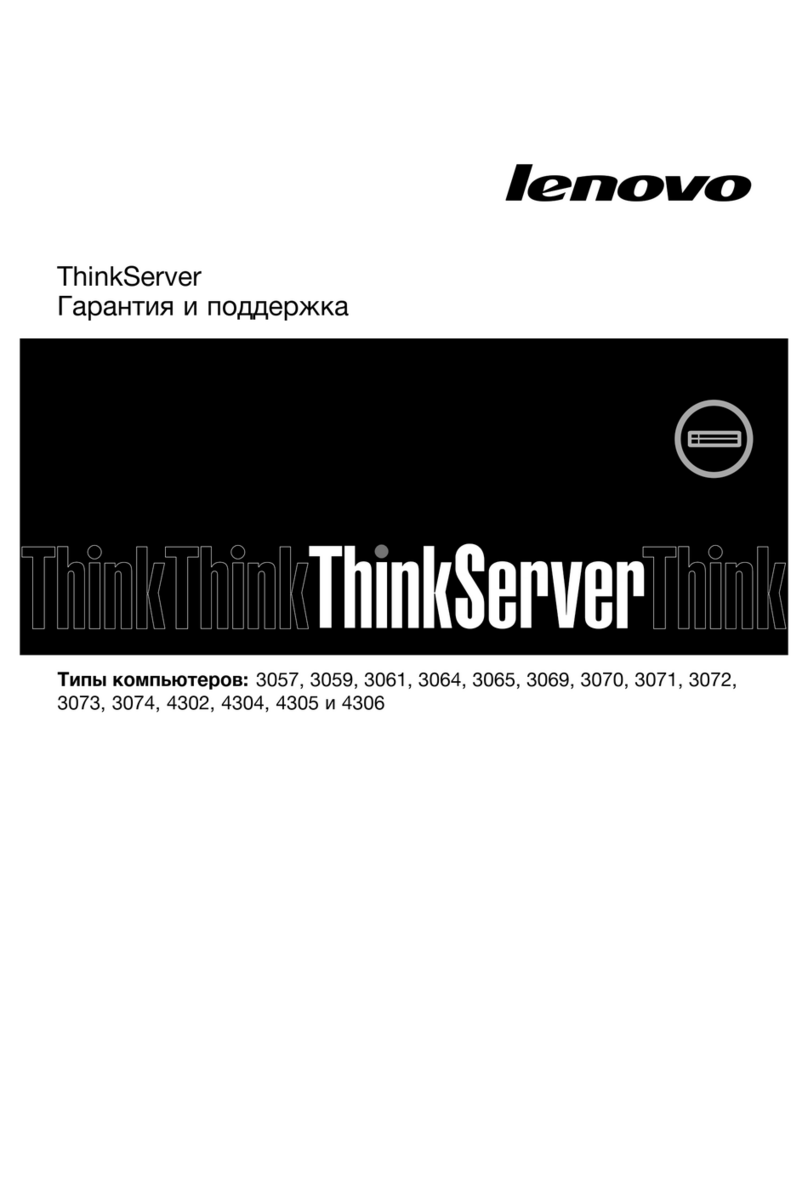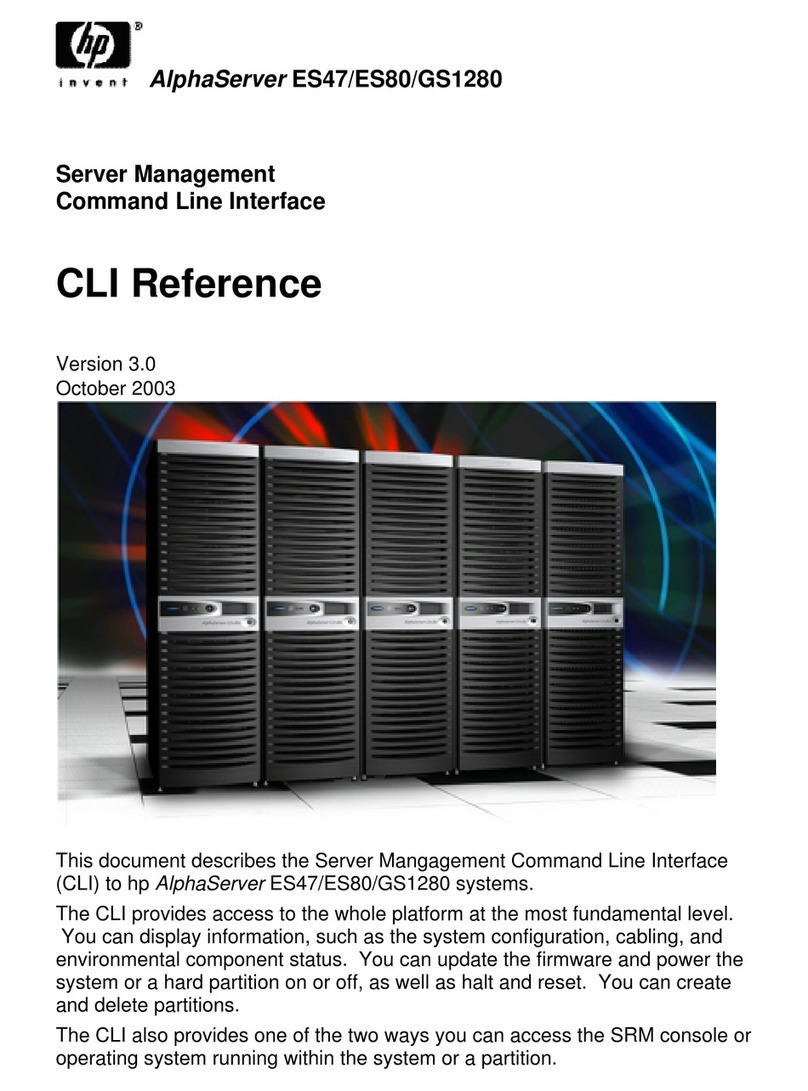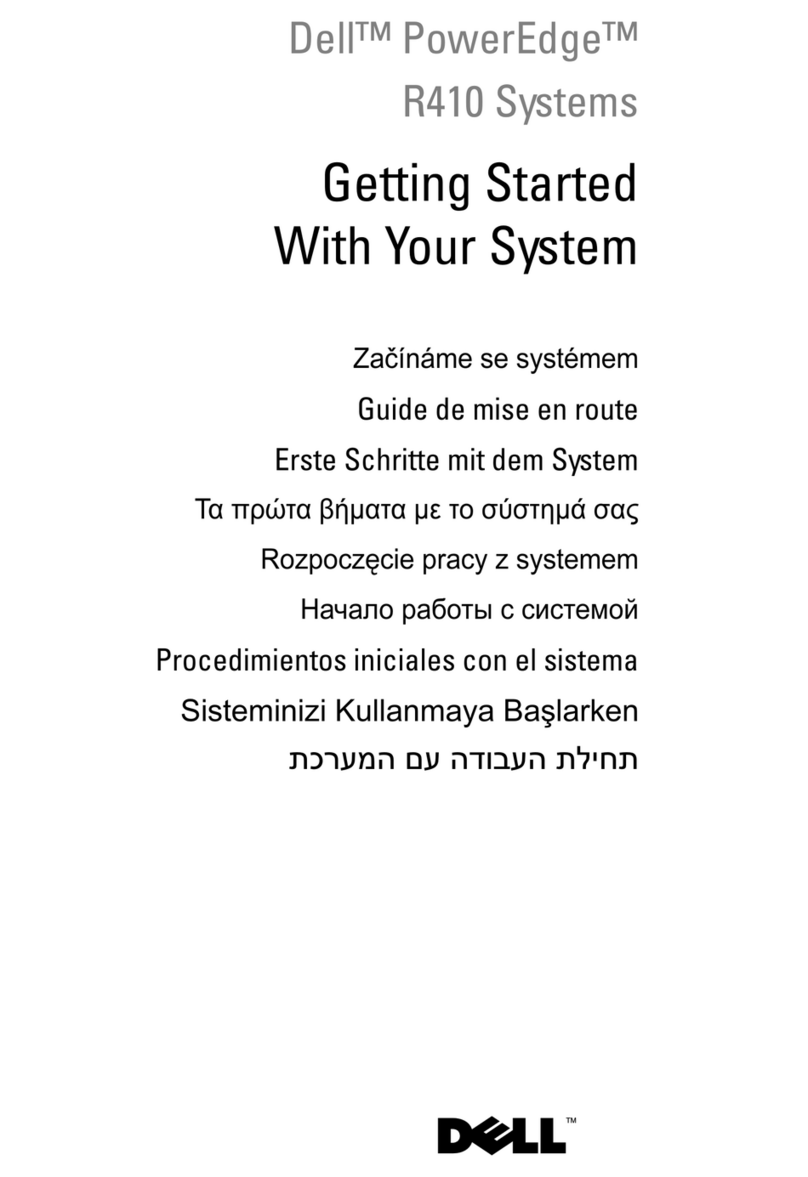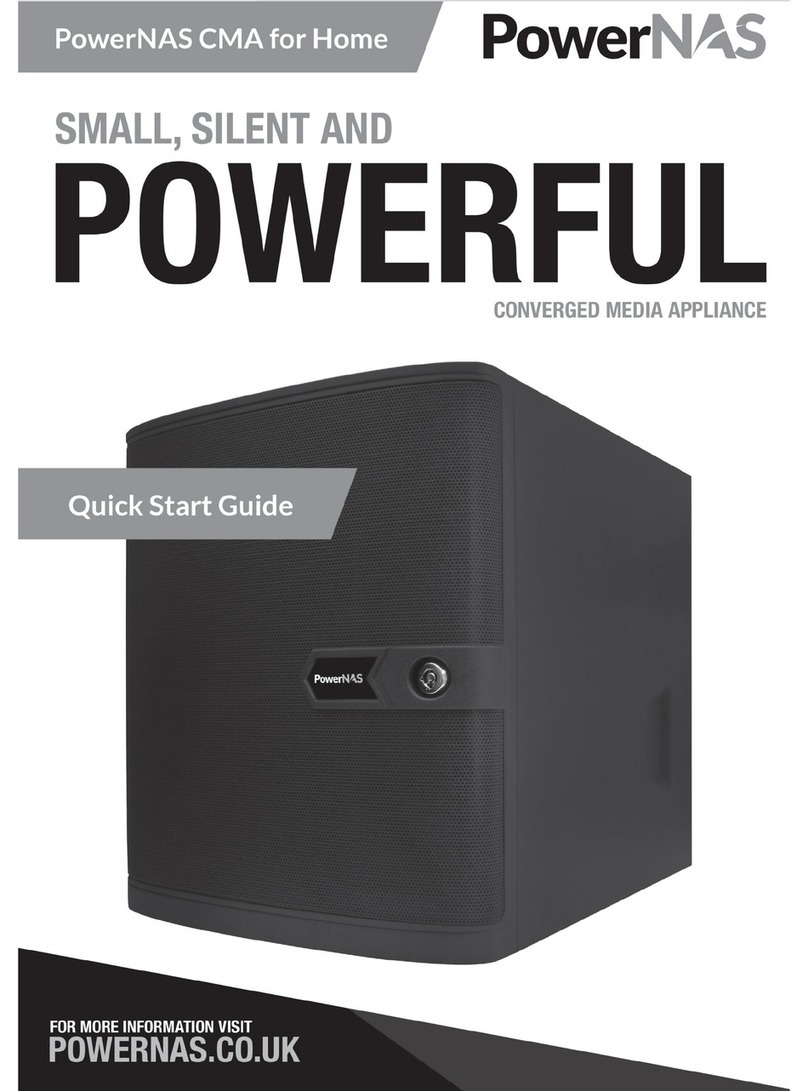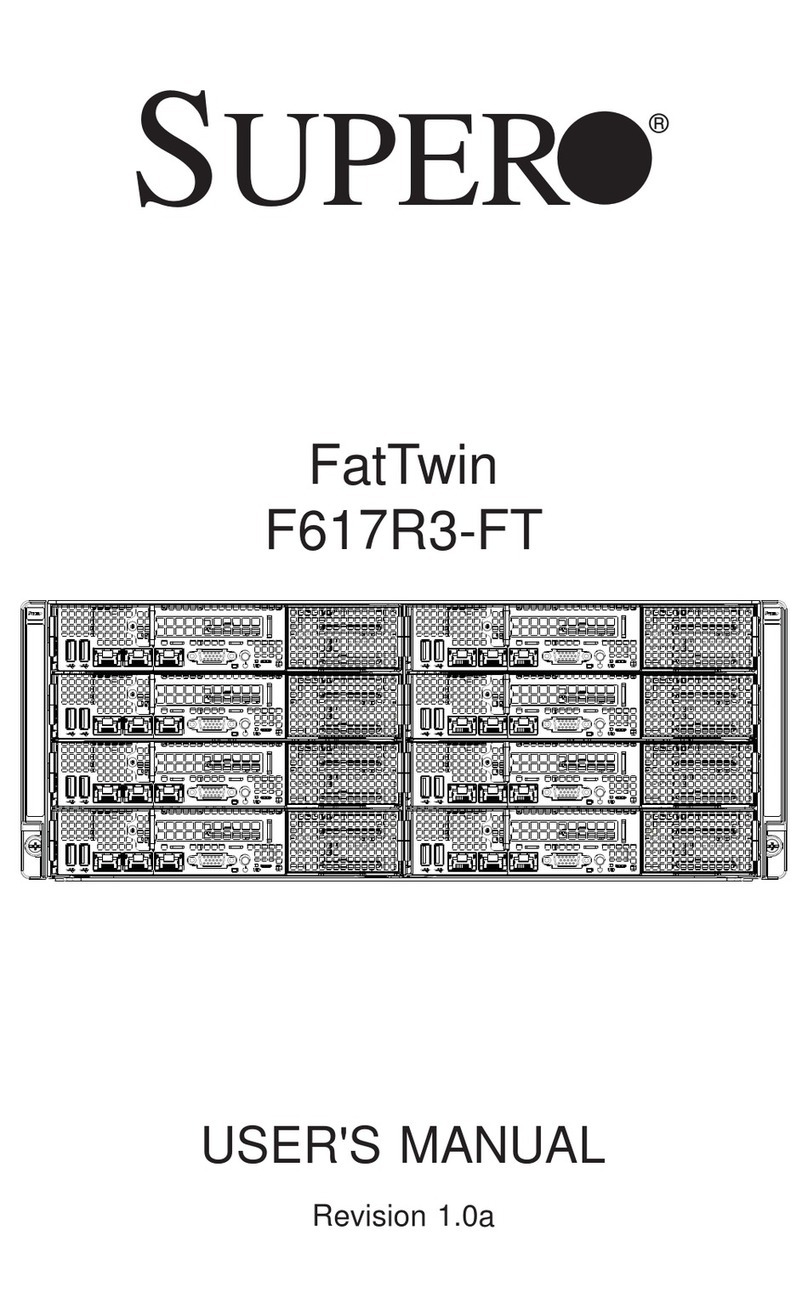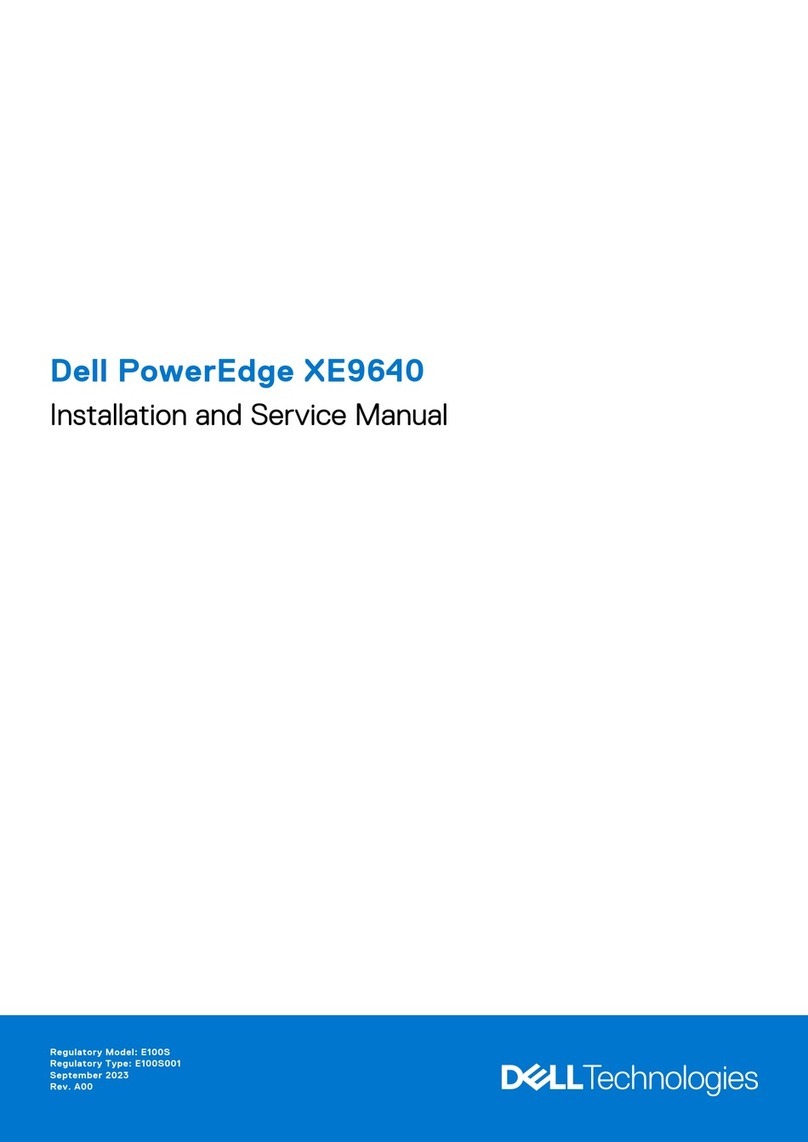
Field Field description Usage tips
TelePresence
Server 8710
activation or
TelePresence
Server 7010
activation
Whether or not the unit is enabled. The TelePresence Server will not operate
without activation. This feature key is installed
before shipping.
Encryption Whether or not encryption is enabled. The encryption feature key allows encrypted
conferences and HTTPS web management on
this TelePresence Server. Feature keys are
installed in the Configuration > Upgrade
page. See Upgrading and backing up the
TelePresence Server.
Cluster
support
This feature allows MSE8710 blades
configured on the same Cisco TelePresence
MSE8000 chassis to be linked together to
behave as a single unit.
This key does not apply to the 7010 platform,
as these appliances cannot be clustered.
Up to four blades can form a cluster. See
Understanding clustering.
If you want to cluster blades, each blade must
have the Cluster support feature key installed.
Feature keys are installed on the
Configuration > Upgrade page. See
Upgrading and backing up the TelePresence
Server
Screen
licenses
The number of screen licenses allocated to
the TelePresence Server. In the case of a
cluster, this is the number of screen licenses
allocated to the whole cluster.
The number of allocated screen licenses can
be lower than the maximum that the system
can support.
You need to install a screen license key to
enable screen licenses. For more information
about licenses, see Understanding your
TelePresence Server's conferencing capacity
[p.86].
Table 2: Feature keys
Field Field description Usage tips
Active
conferences
The number of active conferences on this
TelePresence Server.
A conference is active if it has participants.
Active
participants
The number of participants (of all types) that
are currently in conferences on this
TelePresence Server.
Previous
participants
The number of participants who were
previously participating in a conference (since
the last time the TelePresence Server
restarted).
Table 3: Conference status
Field Field description Usage tips
The system log displays the most recent
shutdown and upgrade events, with the most
recent shown first.
The log will display "unknown" if there has
been an unexpected reboot or power failure or
after an upgrade. If this occurs frequently,
report the issues to customer support.
Table 4: System log
Cisco TelePresence Server 7010 and MSE 8710 in Remotely Managed Mode Printable Help (4.0) Page 8 of 92
System status
